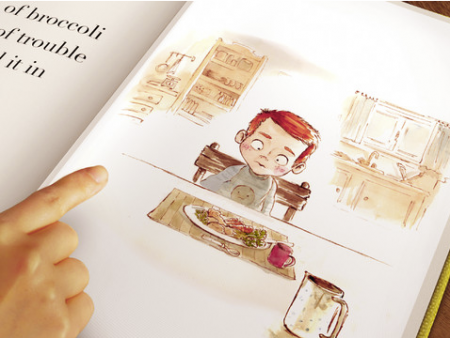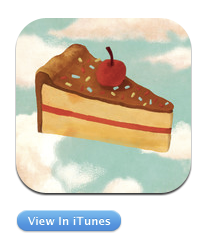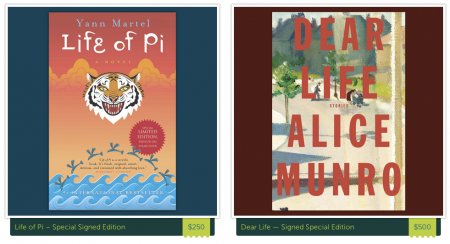This article isn’t particularly long but, in the days of 140 character tweets and status updates, it exceeds the character count of my usual single-item readings. I asked James to read it aloud to me this morning while I was eating my breakfast and several times I made him re-read lines that I thought were hilarious or wanted to solidify in my brain. This gem is James’ find and a nice little reading experience that he shared with me in the half-hour block of time this morning between our son’s nap and next feeding. It’s worth a read.
The Referendum By TIM KREIDER in the New York Times from September 17, 2009
Tim Kreider introduces this as an essay about arrested adolescence but it’s really about looking around and wondering if you’re living the life you want to be leading and how we look at our friends’ lives and either feel jealousy or pity.
Quote: The Referendum is a phenomenon typical of (but not limited to) midlife, whereby people, increasingly aware of the finiteness of their time in the world, the limitations placed on them by their choices so far, and the narrowing options remaining to them, start judging their peers’ differing choices with reactions ranging from envy to contempt.
As a new parent, I’m constantly looking at my childless peers and thinking, “8 weeks ago, that was my life too.” Or I’m looking at strangers in the street who are carting around little ones and thinking, “bloody hell, those liars told me things get better” or “that woman has it together, I want to be like her when my child grows up.”
Reading Kreider’s article “The Referendum” coincidentally coincides with me filling out my son’s baby book with family members’ birthdays, which leads me to think about how young some of them died. Mid-50s seems to have claimed a number of loved ones on both sides of our family and at 37 years old that doesn’t seem all that far away.
On a brighter, yet caustic note, here are some of my favourite lines (extracted especially for my friends who are parents and only have 140 more seconds of attention):
Quote: To my friends with children, the obscene wealth of free time at my command must seem unimaginably exotic, since their next thousand Saturdays are already booked.
…
A lot of my married friends take a vicarious interest in my personal life. It’s usually just nosy, prurient fun, but sometimes smacks of the sort of moralism that H.G. Wells called “jealousy with a halo.”
…
Like everyone, I’ve seen some marriages in which I would discreetly hang myself within 12 hours, but others have given me cause to envy their intimacy, loyalty, and irreplaceable decades of invested history. [Note to all my married friends: your marriage is one of the latter.]
…
I have never even idly thought for a single passing second that it might make my life nicer to have a small, rude, incontinent person follow me around screaming and making me buy them stuff for the rest of my life. [Note to friends with children: I am referring to other people’s children, not to yours.]
Read the full article: The Referendum By Tim Kreider
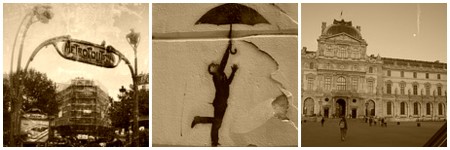
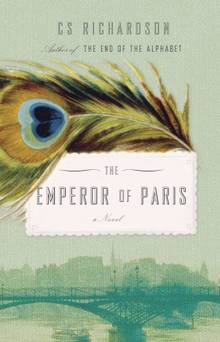 The story of the N’s disappearance is a regular request from the bakery’s patrons, the most fantastical version being about thieves who spread across France stealing Ns and the most favourite being that of Napolean stealing the N himself.
The story of the N’s disappearance is a regular request from the bakery’s patrons, the most fantastical version being about thieves who spread across France stealing Ns and the most favourite being that of Napolean stealing the N himself. 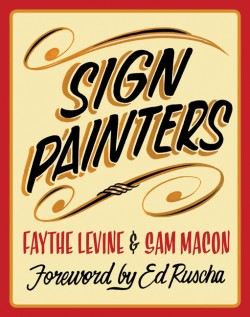 In 2010 filmmakers Faythe Levine, coauthor of
In 2010 filmmakers Faythe Levine, coauthor of 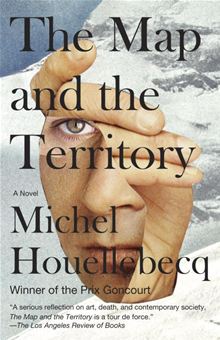 Michel Houellebecq’s The Map and the Territory is one of those books that makes the mind tingle. The novel’s caustic sense of humour and irony had me eagerly turning the pages and thinking fondly of Ayn Rand.
Michel Houellebecq’s The Map and the Territory is one of those books that makes the mind tingle. The novel’s caustic sense of humour and irony had me eagerly turning the pages and thinking fondly of Ayn Rand. 